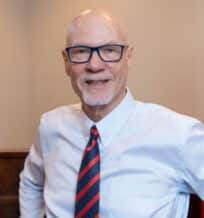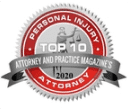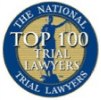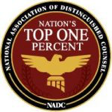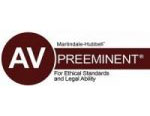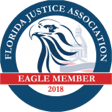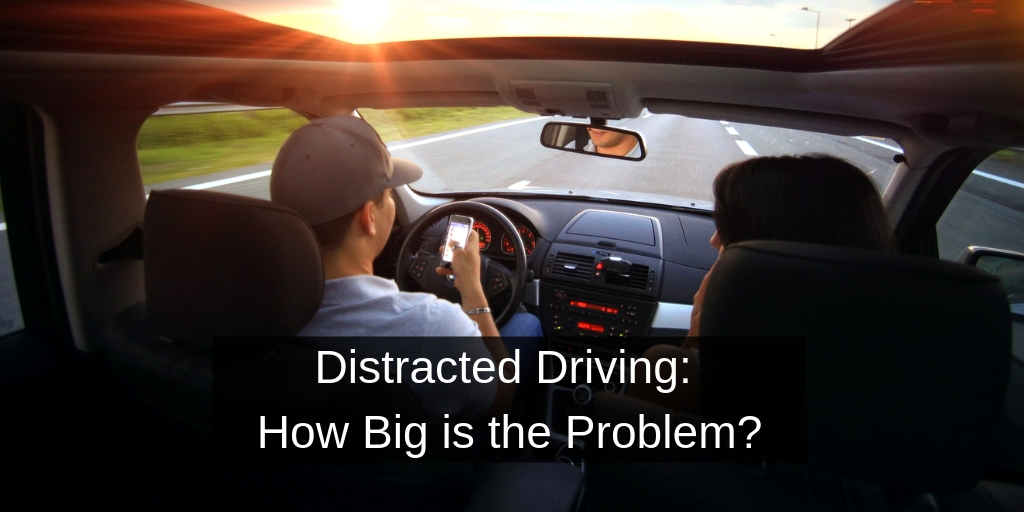
April is Distracted Driving Awareness Month. This month, we’ll be taking a look at several different aspects of distracted driving. We’ve already covered some of the shocking facts in a recent blog post. Today, we’ll take a look at how widespread the problem is and how many potential distractions there are for drivers.
What Is Distracted Driving?
For most people, using your phone while driving is what immediately pops into mind. We’ve all seen reckless drivers struggling to stay in their lanes while they focus their attention on their screen and not the road ahead. Distracted driving is much bigger than just smartphone use, however.
According to the National Highway Traffic Safety Administration:
“A distraction can be produced by something a driver sees or hears, some physical task not directly involved in driving such as eating or operating the car radio, or mental activities such as conversations on a cell phone”
While using your smartphone to check your texts or social media might be one of the more dangerous forms of distracted driving, it’s far from the only one!
The Three Types of Distracted Driving
While there are many types of distractions, they fall under three distinct categories. Some of the most dangerous distractions we face, like text messaging while driving, fall into all three categories. What are the types of driving distractions?
- Visual
Visual distractions are ones that take your eyes off of the road ahead. - Manual
Manual distractions are distractions that take your hands off of the steering wheel. - Cognitive
Cognitive distractions take a driver’s mind off of the act of driving.
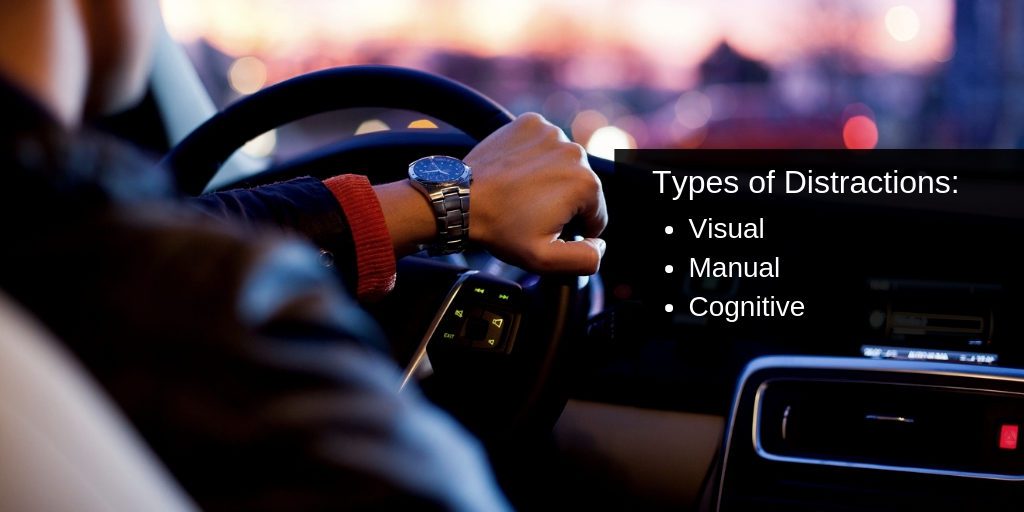
How Big is the Distracted Driving Problem?
Many of us have been drivers for years or even decades. Over the years, it seems like the problem has gotten worse and worse. Is that really the case? Is the problem getting worse or are we becoming more aware?
Thankfully, the AAA Foundation’s annual survey can answer this question for us. Some of the findings from the 2017 Foundation survey include:
- The amount of drivers who report talking on the phone while driving increased 46% since 2013
- Almost half of all drivers reported recently talking on a handheld phone while driving
- Almost 35% have recently sent a text or email while behind the wheel
The numbers are clear. The problem has been getting worse and the public agrees.
One interesting detail of the study is the disconnect between awareness and the willingness to change. The survey found that 58% of drivers say talking on a cellphone is a serious threat. For texting, that number increased to 78% of drivers believing it was a serious threat to their safety on the road.
We’re becoming more educated and aware of the problem of distracted driving. At the same time, we’re becoming more and more likely to participate in these distractions on the road.
You might think that the more the public knows about the dangers, the less likely they’d be to partake. Sadly, the opposite is happening.
Clearly, this is a major problem for our country. We still have a long way to go.
Contact Brooks Law Group
Distracted driving take thousands of lives every year and injures many, many more. If you or a loved on has been injured in an accident with a distracted driver, you need a distracted driving attorney. At the Brooks Law Group, we have decades worth of experience fighting against distracted drivers. We’ll go above and beyond to secure the compensation your case deserves.
Call our offices at (800) LAW-3030 or fill out our online case evaluation form today to start your journey to justice. Look to Brooks!

